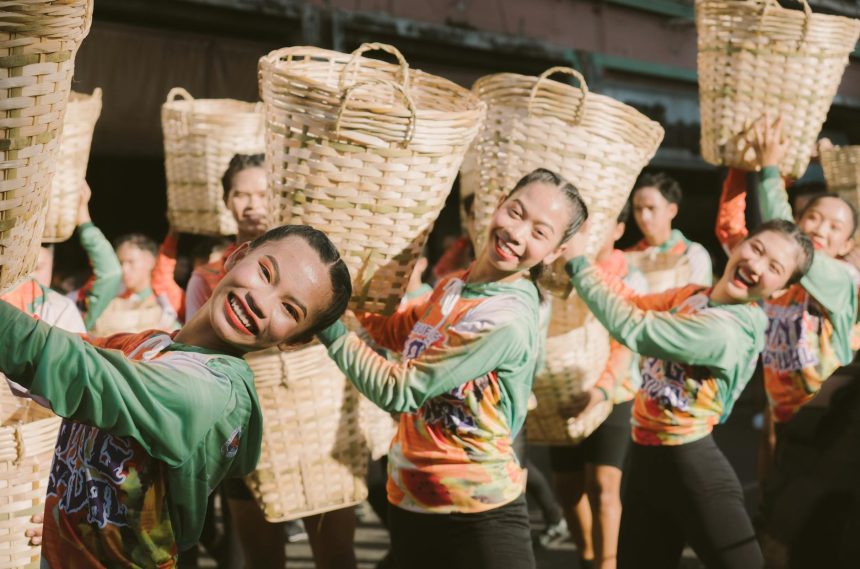filipino-american-history
Filipino American History: 7 Ways to Preserve Heritage Today
In a world increasingly shaped by global migration, the task of sustaining one’s cultural identity becomes both a challenge and a profound opportunity. For Filipino Americans, this journey involves not just remembering the past but actively building a vibrant future for their heritage. Understanding and celebrating Filipino American History is crucial for maintaining a unique cultural footprint across generations.
The Enduring Legacy of Filipino American History
The story of Filipino Americans is one of resilience, migration, and significant contributions to the fabric of the United States. From the earliest “Manilamen” in the 18th century to the waves of immigrants seeking new opportunities, each generation has woven a distinct thread into the nation’s narrative. This rich tapestry of experiences forms the bedrock of Filipino American culture.
Understanding this past is more than an academic exercise; it’s a vital connection to ancestral roots. It provides context for identity, fosters a sense of belonging, and empowers individuals within the diaspora. Recognizing the struggles and triumphs of those who came before us strengthens community bonds.
Why Preserve Filipino American Culture?
The drive to preserve culture stems from deep-seated needs for identity and connection. It’s about ensuring that future generations understand where they come from.
- Identity and Belonging: Cultural preservation helps individuals, especially youth, connect with their heritage, fostering a strong sense of self and community.
- Intergenerational Connection: It bridges gaps between generations, allowing elders to pass down wisdom, traditions, and stories.
- Enriching Wider Society: A vibrant Filipino American cultural footprint enriches the broader American landscape, promoting diversity and cross-cultural understanding.
7 Dynamic Strategies for Filipino American Heritage Preservation
Sustaining the cultural footprint of the community requires proactive and creative engagement. Here are seven effective strategies that are actively shaping the future of Filipino American History and identity.
- Embracing Language and Oral Traditions: Language is a direct link to heritage. Encouraging the learning of Tagalog, Ilocano, Visayan, and other Philippine languages within families and community groups is paramount. Storytelling, sharing family histories, and oral traditions keep the narrative alive.
- Sustaining Culinary Arts and Foodways: Food is often the most accessible entry point to culture. Cooking traditional dishes like adobo, sinigang, and pancit, and sharing the stories behind them, preserves culinary heritage. Community potlucks and cooking classes play a significant role.
- Promoting Traditional Arts and Performances: From the rhythmic movements of Tinikling dance to indigenous music, traditional crafts, and contemporary Filipino American art, these expressions are vital. Supporting artists and cultural troupes ensures these art forms thrive and evolve.
- Engaging Youth Through Education: Involving younger generations is crucial. This includes after-school programs, cultural camps, and mentorship opportunities that teach about history, values, and traditions. Making heritage relevant and exciting for youth is key to its longevity.
- Documenting Personal and Community Narratives: Collecting oral histories, digitizing old photographs, and creating community archives ensure that individual and collective stories are not lost. These invaluable resources offer future generations a direct link to their past. Explore more about Filipino American collections at the Library of Congress.
- Celebrating Filipino American History Month: October is a dedicated time to highlight contributions and experiences. Communities organize events, educational programs, and festivals that raise awareness and foster pride in Filipino American History and culture.
- Building Cross-Cultural Bridges: Collaborating with other cultural groups and participating in broader community initiatives helps share Filipino American heritage. This fosters mutual respect and integrates the cultural footprint into a wider, diverse society. Learn about broader Asian Pacific American experiences at the Smithsonian.
Challenges and Triumphs in Filipino American Cultural Footprint
The journey of cultural preservation is not without its hurdles. Pressures of assimilation, generational gaps, and the sheer pace of modern life can make it difficult to maintain traditions. However, the resilience and innovation within the Filipino American community are evident in the growing number of cultural organizations, youth groups, and digital initiatives dedicated to heritage.
The Role of Community Organizations
From local associations to national advocacy groups, community organizations are the backbone of heritage preservation. They provide spaces for cultural exchange, organize events, and champion educational initiatives. Their tireless efforts ensure that the vibrant spirit of Filipino American culture continues to flourish and adapt.
The rich tapestry of Filipino American History is a testament to perseverance, creativity, and community spirit. By actively engaging in language preservation, culinary traditions, artistic expression, and educational outreach, the cultural footprint of Filipino Americans will continue to thrive. These efforts ensure that a proud heritage is not just remembered, but actively lived and cherished by future generations, enriching both the community and the nation as a whole.
Filipino American History Month celebration, diverse group, traditional Filipino dance, cultural event, multi-generational community, heritage preservation, vibrant cultural display
Featured image provided by Pexels — photo by Yancy Chiquito










